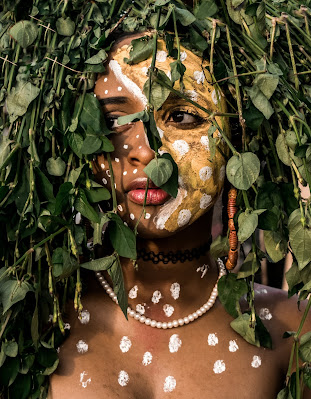The Tribes
Mindanao, the southernmost island in the Philippines, is home to a rich tapestry of indigenous tribes that have withstood the test of time. In this article, we will delve into the vibrant history and remarkable resilience of the tribes of Mindanao, tracing their journey from the era of colonization and World War II to their present-day existence. Join us as we celebrate their cultural heritage and explore the ways in which these tribes have preserved their traditions amidst a changing world.
Pre-Colonial Mindanao and Indigenous Tribes
- The diverse landscape of Mindanao and its significance to the indigenous tribes.
- The Lumad people: An umbrella term encompassing various tribes such as the Manobo, T'boli, and Subanen.
- The Moro tribes: Including the Maranao, Tausug, and Maguindanao, known for their Islamic heritage.
Spanish Colonization and Resistance
- The arrival of Spanish colonizers and their impact on the indigenous tribes.
- The resistance movements led by tribal leaders such as Datu Lapu-Lapu and Datu Bago.
- The preservation of indigenous customs and traditions despite Spanish influence.
Japanese Occupation and World War II
- The Japanese occupation of Mindanao during World War II.
- The heroic efforts of indigenous tribes in supporting the resistance against Japanese forces.
- The lasting impact of the war on the tribes' social fabric and cultural identity.
Cultural Revival and Preservation
- The resurgence of indigenous pride and cultural revival in the post-war era.
- Efforts to preserve traditional practices, languages, and rituals.
- The role of tribal leaders, educators, and cultural advocates in promoting indigenous heritage.
Challenges and Triumphs in the Modern Era
- The impact of modernization, urbanization, and globalization on indigenous communities.
- Land rights issues and struggles for self-determination.
- Success stories of tribal communities in promoting sustainable livelihoods and cultural tourism.
Embracing the Future with Cultural Diversity
- The importance of recognizing and celebrating the cultural diversity of Mindanao's tribes.
- Promoting intercultural dialogue and understanding among different tribes and communities.
- The role of education in preserving indigenous knowledge and fostering cultural appreciation.
The tribes of Mindanao have weathered the storms of colonization, war, and modernization, emerging as beacons of resilience and cultural heritage. Through their unwavering spirit and determination, they have preserved their unique traditions, languages, and customs, enriching the cultural fabric of the Philippines.
As we move forward, it is crucial to recognize and respect the rights and aspirations of the indigenous tribes of Mindanao. By embracing their cultural diversity, promoting sustainable development, and fostering intercultural dialogue, we can ensure the continued preservation and celebration of their rich heritage for generations to come.
Let us stand in awe of the tribes of Mindanao, for they are not only the guardians of their unique cultures but also a testament to the enduring spirit of human resilience and the power of heritage.
Hi Hello Please Support Us by Donating a Little its a Big Help to Us! Thank you
G-Cash +639552394832 and PayPal: Please Support Us



No comments:
Post a Comment